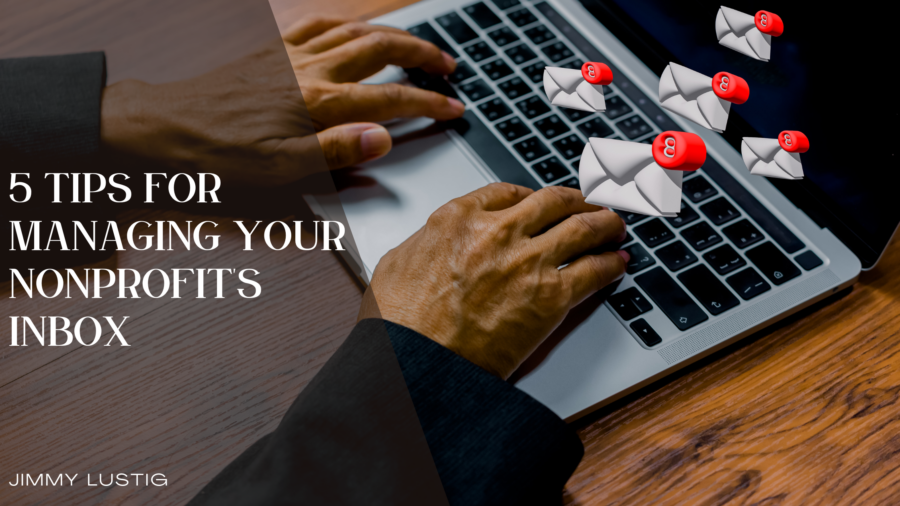In nonprofit organizations, effective email management is essential for building connections, mobilizing supporters, and conveying your mission. Juggling the influx of emails can be challenging, but implementing efficient strategies can help your nonprofit maintain a well-organized and responsive inbox. Here are five tips for managing your nonprofit’s email communications:
- Prioritize and Categorize: Establish a system for categorizing and prioritizing emails based on urgency and importance. Create folders or labels for different types of communications, such as donor inquiries, volunteer coordination, and general inquiries. Use flags or color-coded labels to mark emails that require immediate attention or follow-up. Prioritizing emails allows your team to address critical matters promptly and streamline communication flow.
- Implement Email Automation Tools: Leverage email automation tools to streamline routine tasks and communications. Set up automated responses for everyday inquiries, welcome emails for new subscribers, and donation acknowledgment messages. Automation saves time and ensures consistent and timely communication with supporters. Use Customer Relationship Management (CRM) software to integrate and manage donor information seamlessly.
- Regularly Declutter and Archive: Maintain a clutter-free inbox by decluttering and archiving emails. Delete irrelevant or outdated messages and archive those that need to be retained for future reference. Create a schedule for routine inbox clean-ups to prevent overwhelming clutter. A clean and organized inbox facilitates quick access to essential information and prevents important messages from getting lost.
- Develop Clear Communication Protocols: Establish clear communication protocols within your nonprofit to ensure everyone is on the same page regarding email management. Define roles and responsibilities for monitoring and responding to emails. Implement guidelines for appropriate email etiquette, response times, and escalation procedures for urgent matters. A cohesive approach to email communication enhances efficiency and helps avoid miscommunication.
- Streamline Donation and Volunteer Coordination Emails: Managing donor and volunteer communications is crucial for nonprofits. Streamline these processes by creating dedicated email templates for donation acknowledgments, event invitations, and volunteer coordination. Personalize these templates with donor or volunteer names and relevant details to convey a sense of appreciation and individualized engagement. Having standardized templates not only saves time but also ensures consistency in your nonprofit’s messaging.
Managing your nonprofit’s inbox effectively involves a combination of strategic planning, communication protocols, and the use of technology. Your nonprofit can maintain an organized and responsive email system by prioritizing, categorizing, automating routine tasks, regularly decluttering, and streamlining communication processes. Remember, a well-managed inbox is not just a matter of efficiency but also a crucial aspect of maintaining strong relationships with your supporters and furthering your nonprofit’s mission.

